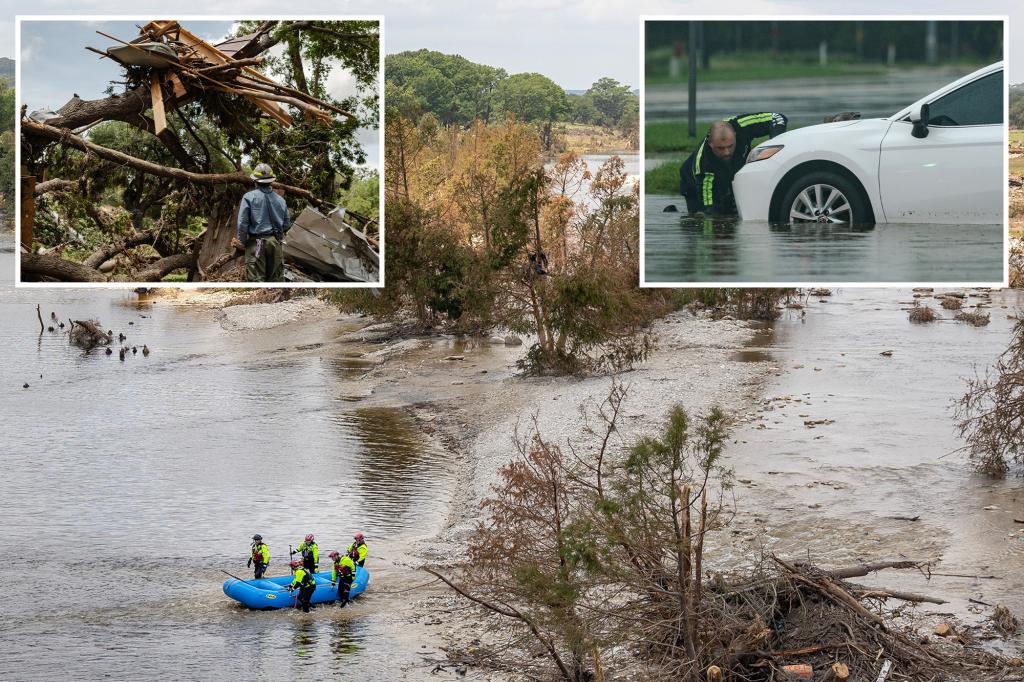The Future of Renewable Energy: A Path Towards Sustainability
As global energy demands rise, the renewable energy sector emerges as a pivotal solution. Experts predict that by 2030, renewable sources could supply up to 50% of the world’s energy needs, significantly reducing reliance on fossil fuels. This shift is crucial not just for environmental sustainability but also for economic resilience.
Renewable Energy Growth: Current Trends and Projections
According to the International Energy Agency (IEA), renewable energy sources, including solar, wind, and hydroelectric power, are expected to expand dramatically over the next decade. In 2022, renewables accounted for approximately 29% of global electricity generation. This figure is anticipated to rise as technological advancements lower production costs and improve efficiency.
“The transition to renewable energy is no longer a question of if, but when,” states Dr. Emily Chen, a renewable energy researcher at Green Future Institute. “With ongoing investments and policy support, we can achieve significant milestones in clean energy adoption by the end of this decade.”
Government Policies Fueling Renewable Energy Adoption
Government policies play a crucial role in promoting renewable energy. Many countries have set ambitious targets to reduce carbon emissions, often backed by incentives for renewable energy projects. For instance, the European Union aims to achieve at least 55% reduction in greenhouse gas emissions by 2030, pushing member states to invest heavily in clean energy solutions.
- Tax credits for solar panel installations
- Subsidies for wind energy projects
- Investment in research and development for new technologies
These initiatives not only encourage businesses to adopt renewable energy but also create jobs in emerging sectors. The U.S. Bureau of Labor Statistics reports that jobs in renewable energy are projected to grow by 11% by 2028, surpassing the growth rate of many traditional industries.
The Role of Technological Innovation
Technological advancements are revolutionizing the renewable energy landscape. For example, the cost of solar photovoltaic (PV) systems has dropped by more than 80% since 2010, making solar power more accessible to consumers and businesses alike. Additionally, innovations in battery storage technology are addressing the intermittent nature of solar and wind energy, allowing for a more stable energy supply.
“Battery technology is a game-changer for renewable energy,” explains John Harris, a senior engineer at SolarTech Innovations. “As storage solutions become more efficient and affordable, we can harness renewable energy even during periods of low production.”
Challenges Facing the Renewable Energy Sector
Despite the promising outlook, the renewable energy sector faces significant challenges. One major hurdle is the existing infrastructure, much of which is designed for fossil fuel-based energy sources. Upgrading this infrastructure requires substantial investment and coordination among various stakeholders.
Additionally, public acceptance and the “Not In My Backyard” (NIMBY) phenomenon can hinder the development of renewable projects. Many communities resist the establishment of solar farms or wind turbines due to concerns about aesthetics and environmental impact.
“Public education plays a vital role in overcoming these challenges,” notes Dr. Chen. “When communities understand the benefits of renewable energy, they are more likely to support these initiatives.”
Global Perspectives on Renewable Energy Initiatives
Different regions are approaching renewable energy implementation in unique ways. In Europe, countries like Germany and Denmark have become leaders in wind energy production. Meanwhile, nations like China and India are investing heavily in solar energy, aiming to meet their growing energy demands sustainably.
In the United States, the renewable energy landscape is marked by a mix of state-level initiatives and federal policies. States like California lead the charge with ambitious renewable portfolio standards, while others lag behind due to political resistance or lack of resources.
The Future of Renewable Energy: Implications and Next Steps
The future of renewable energy holds immense potential for transforming the global energy landscape. As countries work towards meeting their climate goals, the demand for clean energy will only increase. The transition to renewables not only promises to mitigate climate change but also offers economic opportunities through job creation and energy independence.
As we look ahead, several steps can be taken to ensure a successful transition:
- Increase investment in renewable energy technologies and infrastructure
- Enhance public education campaigns to build community support
- Foster international collaboration to share best practices and technologies
In conclusion, the renewable energy sector is at a pivotal moment. With the right policies, investments, and public support, we can create a sustainable energy future that benefits both the planet and its inhabitants. It is essential for individuals, businesses, and governments to take action now to embrace this green revolution.
For more information on how you can contribute to renewable energy initiatives in your community, visit the Green Future Institute’s website today.


